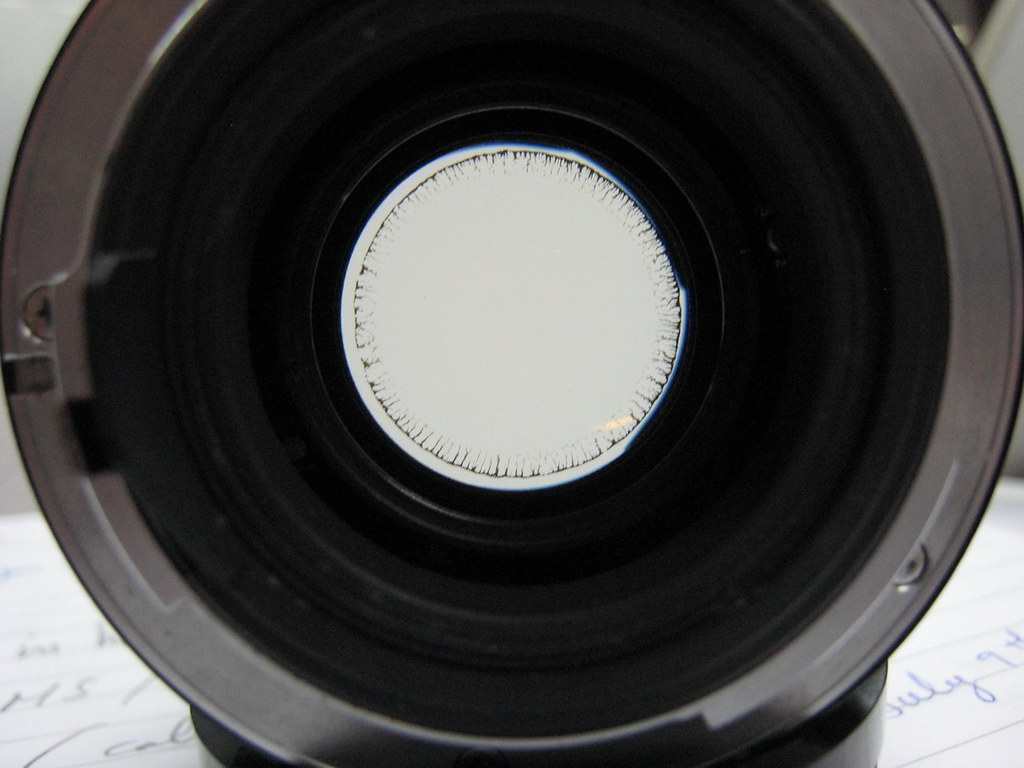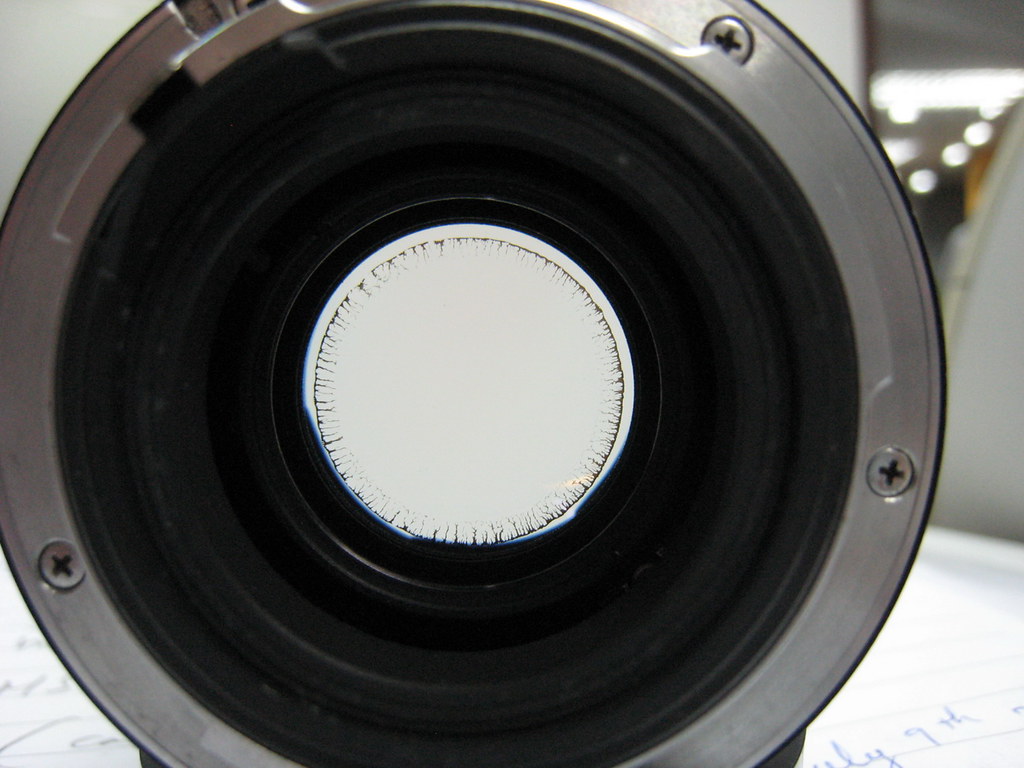 Originally posted by Blue
Originally posted by Blue 
Of course the light will pass through every element. However, the elements don't act like a blender and homogenize the light. Otherwise, a slide projector would not be able to work.
Of course they don't homogenize it to a blur, but that doesn't stop all light from passing through all parts of it. (Except as limited by vignetting.)
You are talking about things outside the lens, and I'm talking about things inside the lens. These are related, but not the same. I'll admit to not reading all through your links, because I think they're mostly unrelated to what I'm talking about.
Here is a central part of my argument, please understand why it's relevant before answering: Stopping down does not reduce the image circle.
The only problem I can see with my way of looking at it is that camera lenses are not simple lenses, so this will not apply to all elements in them. But if you think it applies to no elements, please make an argument for that that addresses why stopping down reduces light everywhere instead of making the image circle smaller.
I've taken a
typical lens illustration image from wikipedia and added blue lines to (hopefully) make what I mean clearer.


 Similar Threads
Similar Threads 












 Post #19 by drougge
Post #19 by drougge








